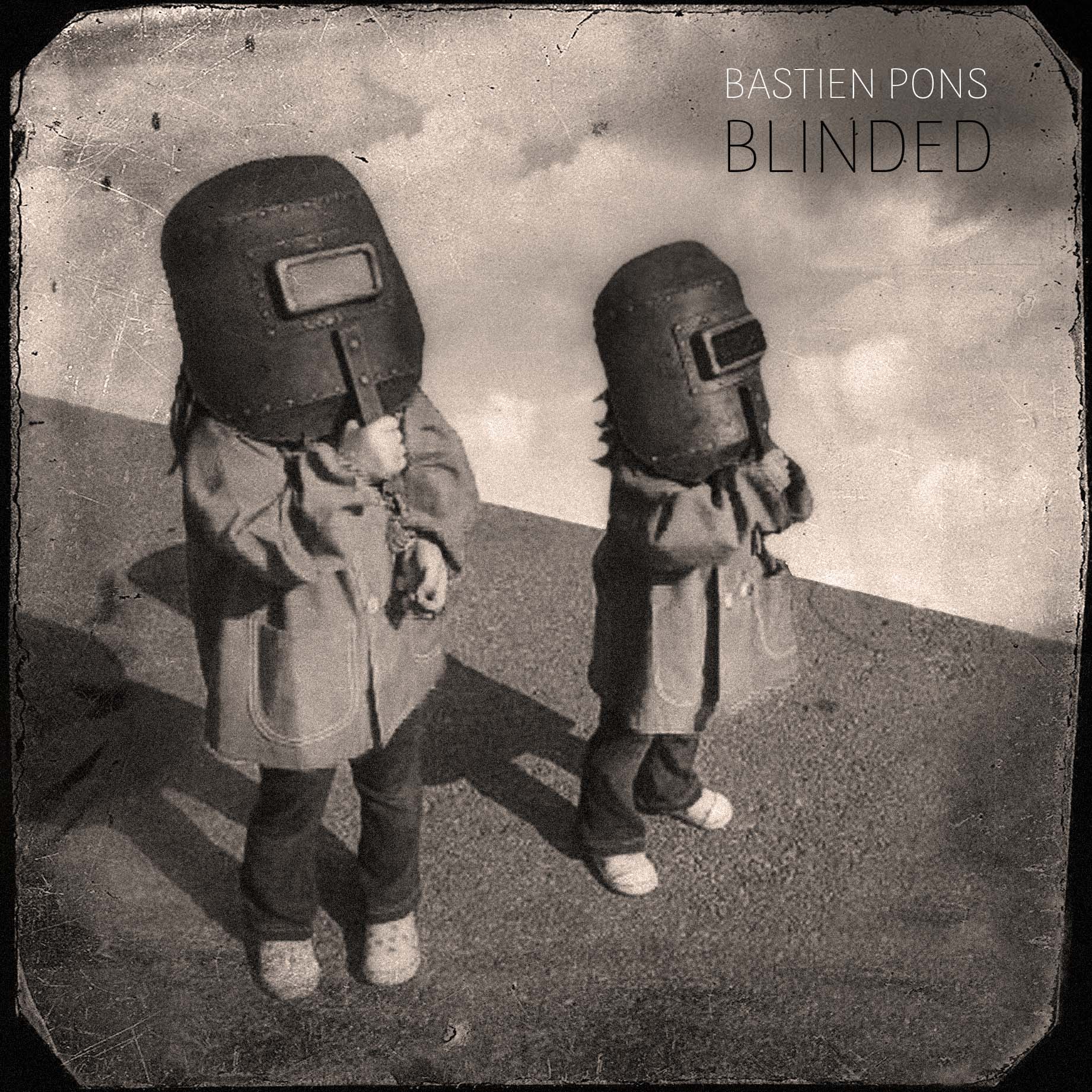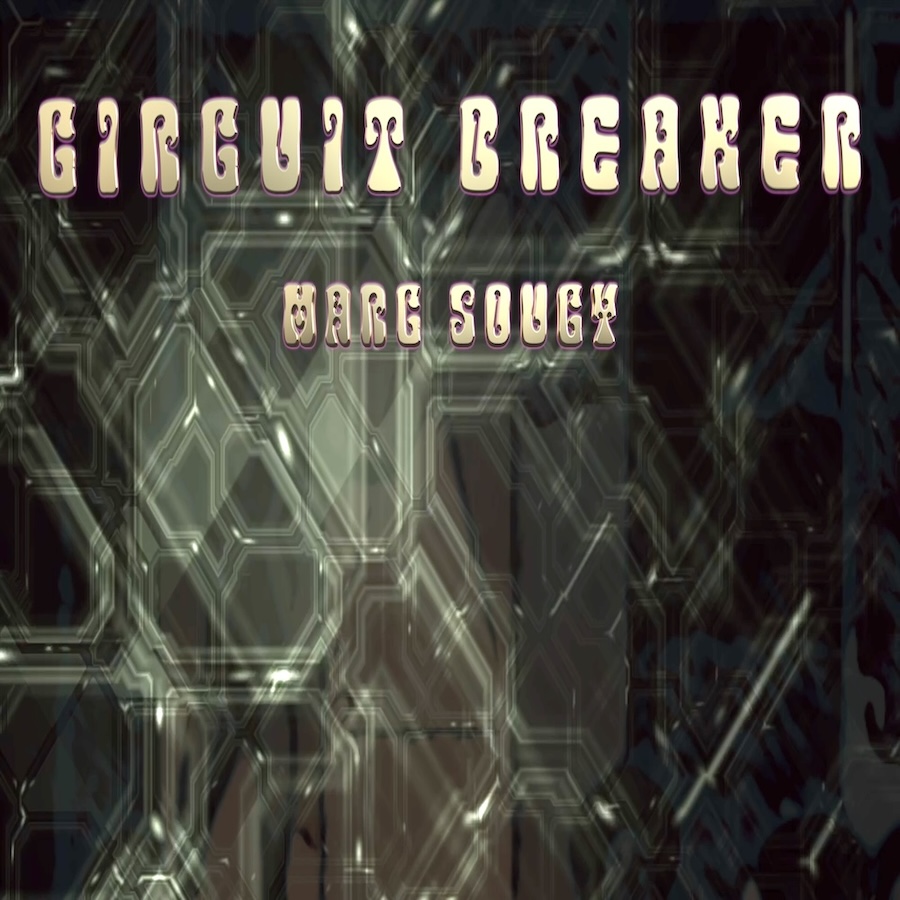Reetoxa’s “Alcohol” wastes no time introducing its personality. The guitars arrive gritty and deliberate, distorted with texture rather than noise, carrying a sharp, serrated quality that still knows where the rhythm lives. The drums hit like physical punctuation, loud, intentional, relentless, and built for movement. Underneath it all, the bass stays rooted and chunky, acting as the glue that keeps the track from spiraling into disorder. Compositionally, nothing here is accidental. It may sound unfiltered, but the arrangement reveals instinct that’s been practiced, refined, and confidently delivered.
Rather than framing the story like a regretful confessional, the lyrics treat it more like an eyewitness account delivered the morning after. The premise is messy, hilariously so, but it never collapses into self-pity. A night powered by misplaced liquid courage, followed by a wake-up in unfamiliar territory with nothing but confusion and bad decisions to inventory, could easily blur into melodrama. Instead, the writing keeps its footing, striking a balance between embarrassment, amusement, and the strange satisfaction of surviving the self-made chaos. There’s humility here, but also a smirk.
Emotionally, the energy lands somewhere between concert sweat and reflective laughter. This is the kind of song that would sound even better in a cramped venue where the PA isn’t great but the crowd is fully committed. Vocals carry gravel but never lose melody, gritty without becoming harsh, personal without oversharing. The chorus hits its peak like a release valve, loud and honest, built for impulsive audience participation. When the final seconds close out, the song feels less like a bad decision and more like the story you end up telling best.









